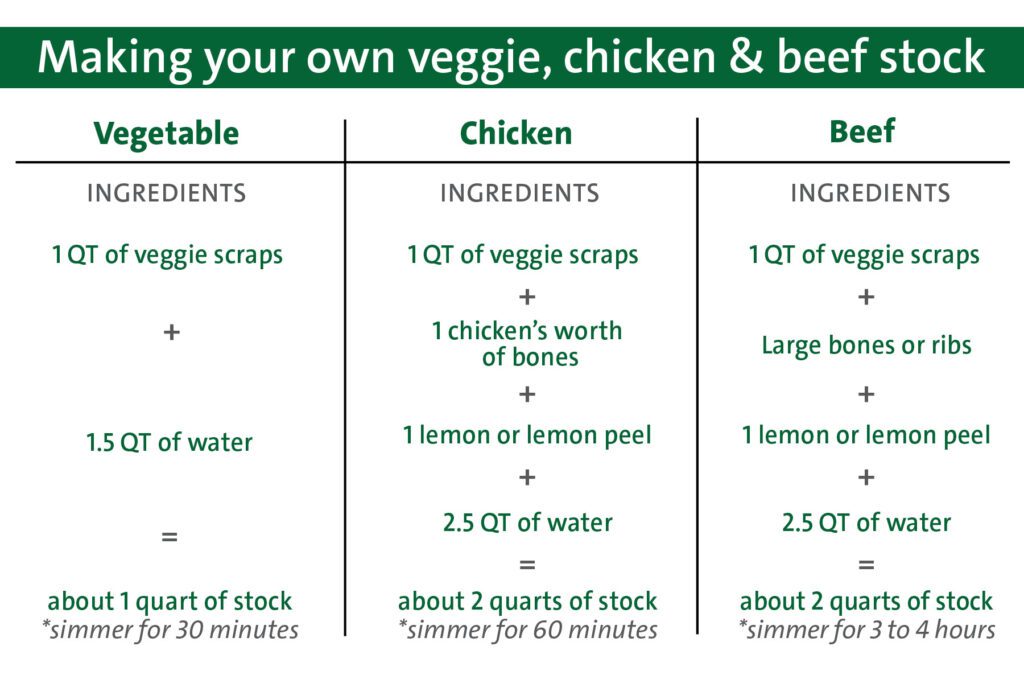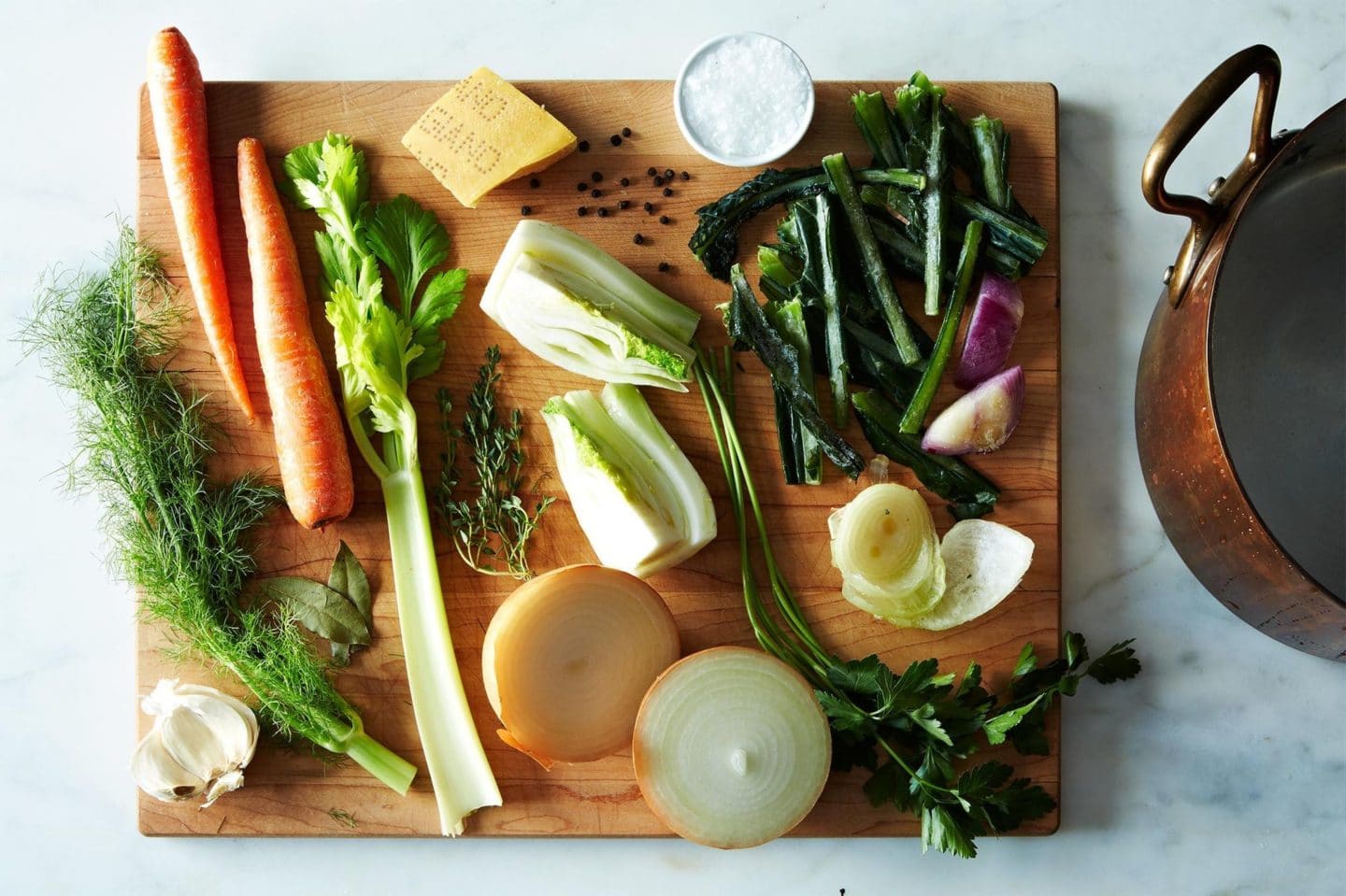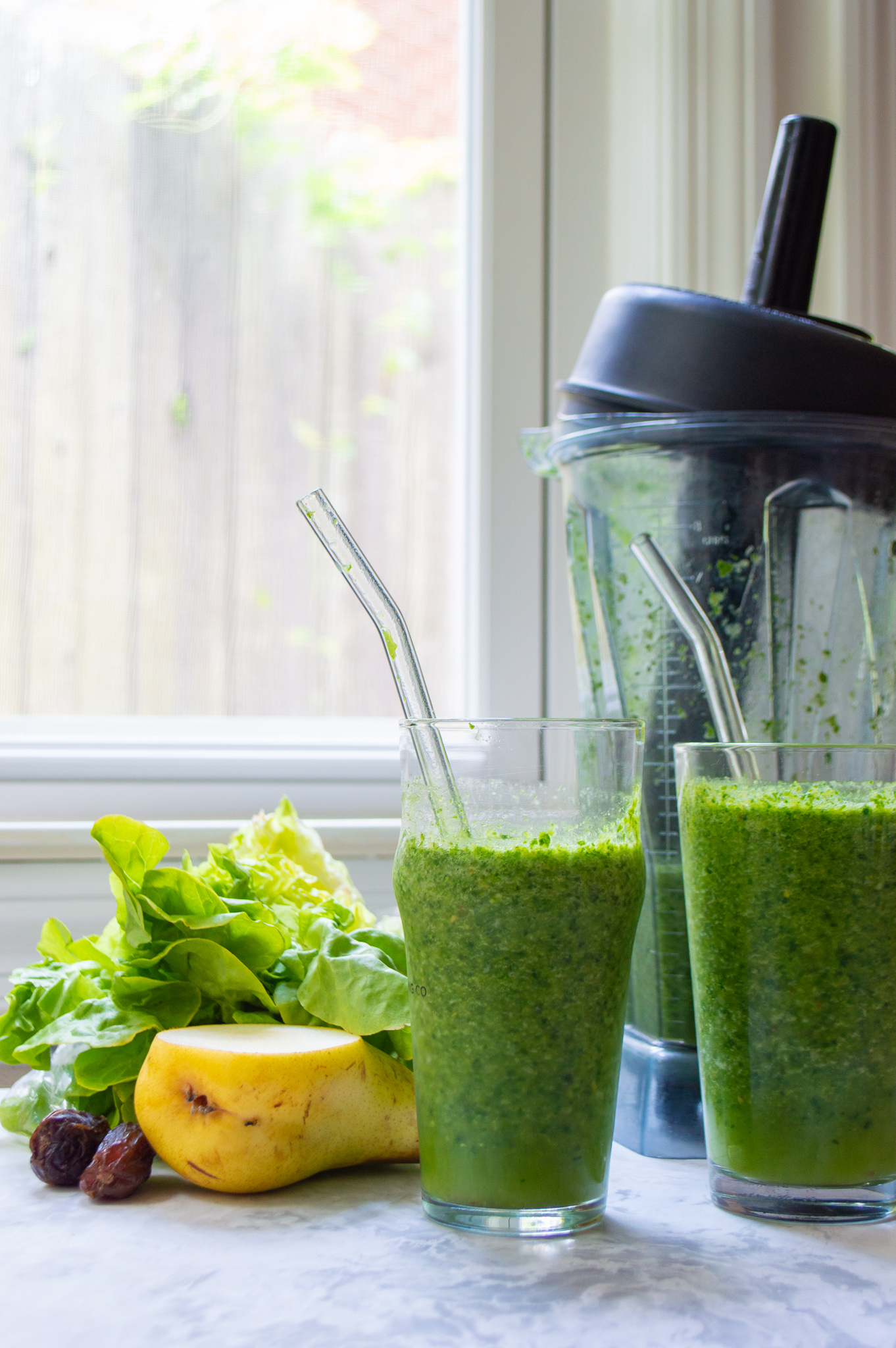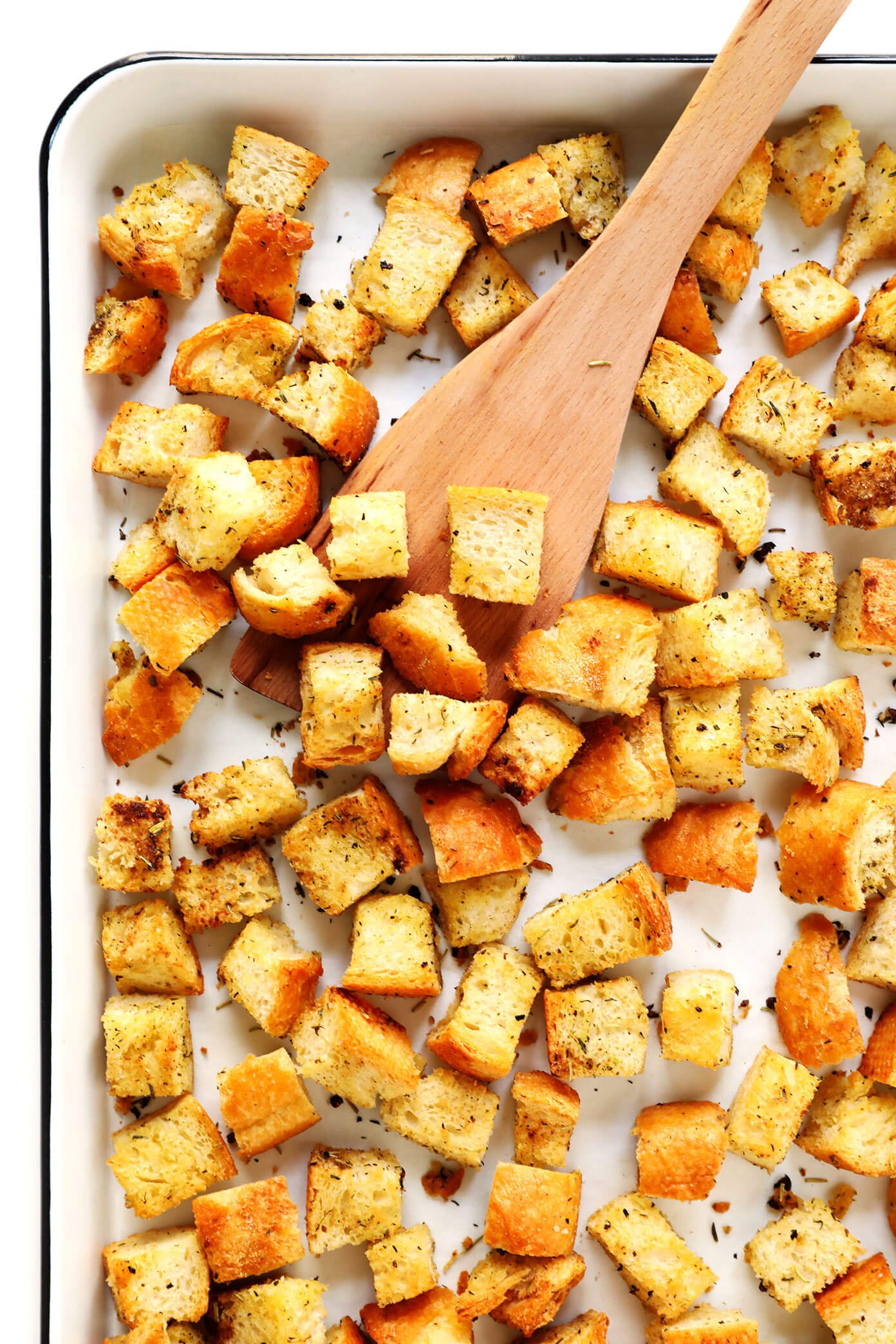Ways to salvage nutrients and live more sustainably
By Jennifer Flynn
EcoCorps Program Director
If you’ve just got too many leftovers, ingredients, and scraps from the holidays, there are many options to turn them into further nutrient-dense uses before you send them to the compost bin.
If you’re not already saving your veggie scraps and bones for stock, it’s a simple and easy way to capture more nutrition for your buck! Save the cleaned, non-rotten tops of veggies, peels, onion skins, garlic peels,etc. In your freezer and follow the below general rules of thumb for making tasty stock.
The Stock Chart

BONES
- After you’ve simmered poultry bones, they can be processed further into calcium rich pet treats by blending them with a little water. Run the liquid through a mesh strainer to capture any bone particles. The resulting paste can make a tasty treat for pets as is. Be sure to check with your veterinarian for the amount of calcium your pet needs.
- Beef and pork bones may require more significant processing to make a similar paste. You might save these for pounding outside and then drying and grinding to use as a calcium enriching additive to your soils. Be sure to have your soil tested first before applying a calcium amendment.
NOTE: Avoid giving your pet whole or partial bones that have been cooked.
GREENS
- Carrot, beet, turnip, and radish tops are all edible. Try blending them into a pesto with garlic, olive oil, and sunflower seeds. Or saute them as you would any cooked green. Some greens are more bitter than others. Note that stems will need a longer cooking time.
- Beet tops make a tasty probiotic beverage. When cleaning beets, save the top portion of the beet, peels (if you aren’t cooking with them), and bottom portion of leaf stems and ferment with a little salt to make a traditional, probiotic beverage called kvass.
- Greens in general can be dried to crumble into soups, salads or smoothies.
- Wilted lettuce can be used in soups and stews.
- Stalks and stems can be cleaned and peeled to include in dishes. Tougher stalks and stems from veggies like kale, broccoli, cauliflower, and brussel sprouts can be diced or grated and included in your next batch of kimchi or sauerkraut.
- Potato peels can be fried to make crunchy snacks or salad toppings!
BREAD, EGGS & FRUIT
- Stale bread can be turned into stuffing, croutons or even cake!
- Egg shells, like bones, can add calcium to your soils. To kill off potential pathogens, dry egg shells in an oven and then grind to add to your garden or potted plants. Egg shells also make a great slug preventative. Simple place egg shell shards around the base of plants you want to keep slug-free!
- Apple, pear, and other fruit peels can be used to make your own vinegar. Simply put peels in a jar with enough water to cover them. Leave on the counter with a coffee filter or cloth covering the top. Vinegar yeasts are naturally occurring in the air and will colonize the mixture. For a quicker result, add a bit of active vinegar ‘mother’ from an existing jar of apple cider vinegar that contains the mother.
- Other fruits can be used for making crafts, potpourri and ornaments. Dry them slowly in an oven set to 175 for 2-3 hours or lay on a rack or venting tray on the counter. String or glue to make creative patterns and designs.
Check out these recipes!

Homemade veggie & chicken stock recipes
Don't throw away those chicken bones and veggies scraps! This healthy bone broth can then be frozen and saved to make soups, sauces and other recipes!

Bruised fruit & surplus veggies smoothies
Check out this reciepe for green fruit and veggie smoothies that still are full of nutrients

Have left over bread? Make croutons!
Homemade croutons are just about the easiest thing ever to make, and a million times better than anything you can buy at the store.



